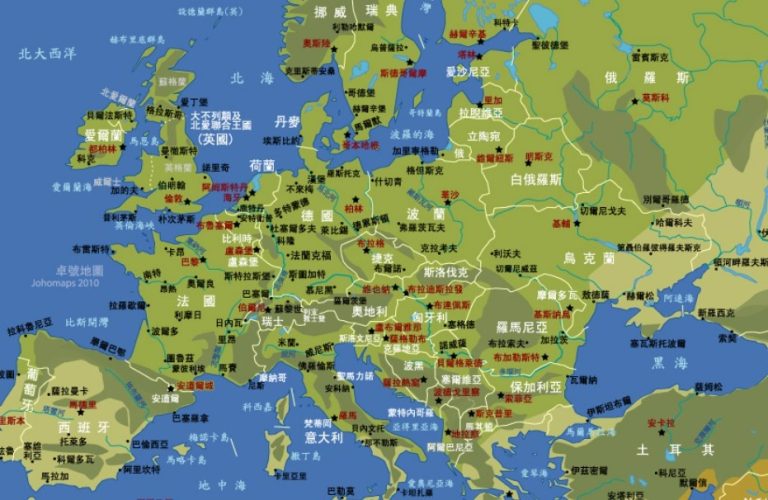Is ev charging free?

Is ev charging free? The majority of EV charging is not free, but costs can be greatly decreased or eliminated by making strategic use of government subsidies, automaker incentives, and business benefits. In order to demonstrate efficiency principles, we break down each scenario with real-world examples below, making comparisons to industrial processes such as universal grinders and CE Certificate grinders.
Free Charging Scenarios: Maximizing Incentives
Automaker Purchase Benefits
Brands like Tesla, BYD, and NIO offer tiered charging benefits:
- Lifetime free charging: GAC Hyper HT/GT owners receive 2,000 kWh annually at partnered stations (capped at 400 kWh/year per site). This mirrors a 500KG grinder running on subsidized energy during off-peak hours.
- Limited free quotas: Tesla provides 400 kWh/year of Supercharger credits. Exceeding this costs ¥1.8/kWh—similar to exceeding a cryogenic grinding machine’s liquid nitrogen allowance.
Government Subsidies for Specific Groups
- Taxi drivers: Shanghai offers ¥0.4/kWh rebates for e-taxis until 2025, cutting costs by 25%. Think of this as a municipal grant for electric grinders in public-service facilities.
- Public service fleets: Buses and sanitation vehicles often charge free in Baoshan’s industrial zones, akin to a cassava grinding machine operating tax-free in export processing areas.
Commercial Indirect Perks
- Free parking: Stations like Tehuan Dachang Village Supercharger (Gonghexin Rd 5427) offer 2-hour free parking while charging. Caution: Policies change—verify via apps like Star Charge, just as you’d monitor a dust collector grinder’s pressure sensors.
- Off-peak discounts: Shanghai’s valley electricity rates (10 PM–6 AM: ¥0.307/kWh) plus membership discounts (e.g., 50% off Tehuan service fees) can drop costs below ¥0.5/kWh. This rivals running a dry ginger grinding machine overnight at industrial night tariffs.
Paid Charging: The Reality for Most Users
Home Charging Costs
- Residential electricity rates apply (Shanghai: ¥0.56/kWh base rate). Installing a dedicated meter enables valley pricing—like powering a small grinder machine via a factory’s subsidized circuit.
Public Charging Fees
- Fast chargers: Average ¥1.6–1.8/kWh (electricity ¥0.8–1.0 + service fee ¥0.8). At Baoshan Jiaoyun Smart Bay Station, 500kW ultra-fast charging costs ¥1.7/kWh—comparable to a turbo grinder’s premium output.
- Slow chargers: ~¥1.2–1.5/kWh, suitable for extended stays like a licorice grinding machine’s low-speed processing.
Penalty Fees
- Idle penalties: Unplugged within 5 minutes or pay ¥3.2/minute (doubled during peak hours). Tesla Superchargers enforce this strictly when occupancy exceeds 50%—like a CE Certificate grinder halting production if safety protocols are breached.
- Wrong-parking fines: Gas cars in EV spots pay ¥50 fines at Baoshan tech parks, while EVs overstaying face similar charges.
Shanghai Baoshan: Tactical Cost-Saving Strategies
App-Based Optimization
- Filter “free parking” or “zero service fee” tags in apps like e-Charge. Example: i Jiu Charging Yanghang Station (Bao’an Rd 319) offers 72 fast-charging spots with free legal aid and drinks—operational efficiency matching a universal grinder handling sesame, peanut, and spice.
- Verify compatibility: Activate Tesla’s “Chinese charging mode” for non-Tesla stations, like adapting a black pepper grinder for salt or sugar.
Local Policy Leverage
- Shared community charging: Baoshan’s Gaojing Town “group-controlled chargers” allow off-peak bookings at valley rates—similar to co-op ownership of a 200KG grinder for neighborhood flour milling.
- Mall partnerships: Charge for 20+ minutes at Baoshan Riguang Center to unlock 2-hour free parking. Requires app-based license plate binding, mirroring access protocols for industrial weed grinders in secured facilities.
Corporate Collaborations
- NIO-GAC Hyper shared charging networks cover 312 Shanghai stations. Free charging requires brand app verification—like biometric access to a vacuum mill for medicine production.
- Emerging model: Shanghai may adopt Qingdao’s “data-for-discounts” system, waiving fees if users share vehicle data (e.g., battery health, location).
Safety and Equipment Protocols
Environmental Precautions
Avoid charging during thunderstorms or extreme heat. Choose covered stations like Baoshan Yanghang Hub (equipped with rain shields and non-slip tiles), just as a dry fruit powder grinder machine requires climate-controlled environments for mushroom or bone processing.
Hardware Checks
- Inspect gun heads for debris/water before plugging in. Frequent “jump stops” may indicate oxidized ports—diagnose like a vibrating pulverizer with loose components.
- Test emergency stops immediately if smoke appears, paralleling shutdown procedures for a hammer mill during motor overload.
Future Trends: The Free Charging Horizon
Megawatt Charging Dominance
Shanghai’s Tehuan Dachang Village Station delivers 400 km range in 5 minutes via liquid-cooled tech. By 2026, these hubs may offer bundled “charging subscriptions”—like a high-speed grinder lease including maintenance.
Wireless Charging Pilots
Porsche Taycan’s wireless pads at Pudong Kerry Center eliminate plugging. Current exclusivity resembles early airflow pulverizers—initially niche, but scalable.
Key Takeaways
| Scenario | Cost Structure | Baoshan Tip |
|---|---|---|
| Automaker programs | Free kWh caps (e.g., 400/year) | Use Tesla app to track remaining credits |
| Government subsidies | Direct discounts (e.g., ¥0.4/kWh) | Register as e-taxi driver for rebates |
| Public charging | ¥1.2–1.8/kWh + penalties | Book off-peak via Star Charge (post-10 PM) |
| Home charging | Residential electricity rates | Install separate meter for valley pricing |
Final Insight: Free EV charging is like operating a dust collector grinder—possible with precise calibration of resources, but not universally available. In Baoshan, combine home charging with targeted public perks to minimize expenses, just as a stainless steel grinder optimizes corn, rice, and coffee processing through scheduled runs.




































































































































